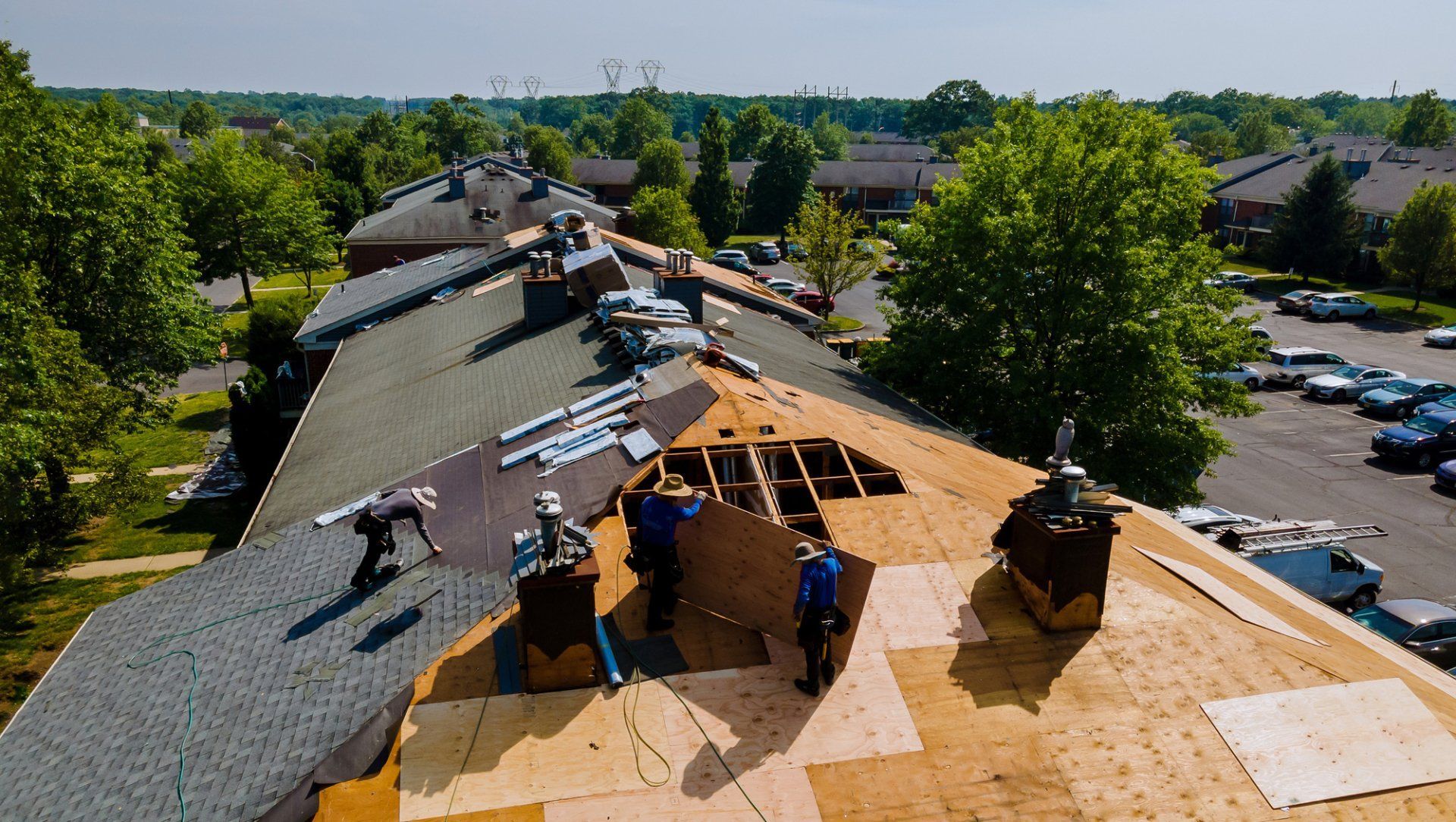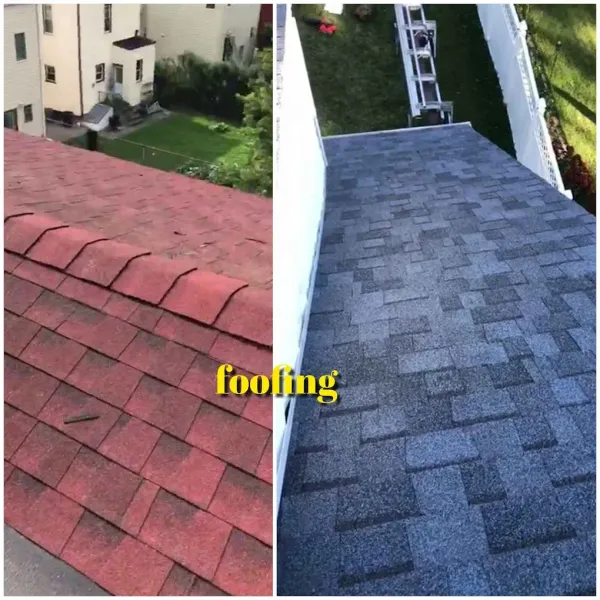Introduction
Storms can be unpredictable and devastating, leaving homeowners in a state of panic. One of the most critical areas to inspect after severe weather is your roof. The roof is your home's first line of defense against the elements, and any damage can lead to significant problems down the line if not addressed promptly. In this comprehensive guide, we will explore how to identify roof damage after a storm, what to look for, and what steps you should take if repairs are necessary. Whether you're a seasoned homeowner or new to property management, understanding how to assess your roof's condition is essential for maintaining your home’s integrity.
Identifying Roof Damage After a Storm: A Homeowner's Guide
When storms roll in, they bring with them heavy winds, rain, and sometimes hail, all of which can wreak havoc on your roof. In this section, we’ll delve into the various types of storm-related damage that can occur.
Understanding Different Types of Storm Damage
Wind Damage
High winds can lift shingles or even tear them off entirely. Look for:

- Missing shingles Curling or lifting edges Debris lodged under shingles
Rain and Water Damage
Heavy rain can lead to leaks in your roof. Be on the lookout for:
- Water stains on ceilings Mold growth in attic spaces Wet insulation
Hail Damage
Hailstones can create dents in roofing materials. Check for:
- Dents or bruises on asphalt shingles Cracks in tile roofs Damaged gutters
Visual Inspection: What to Look For
After a storm has passed, it's important to conduct a thorough visual inspection from both the ground and up close if it's safe to do so.
Ground Inspection
Begin by walking around your property:
Check for Fallen Debris
Look for branches or other debris that may have fallen onto your roof.
Inspect Gutters
Ensure that gutters are clear of debris and check for any signs of denting or detachment from the house.
Watch For Pooling Water

Close-Up Inspection
If you feel comfortable getting on your roof (and it's safe), look closely at:
Shingle Condition
Inspect shingles for cracks or missing pieces.
Flashing Integrity
Check around chimneys and vents where flashing could be compromised.
Ventilation Issues
Ensure all ventilation systems are intact and functioning properly.
Safety Precautions Before Inspecting Your Roof
Before you climb onto your roof or use a ladder, keep these safety tips in mind:
Use Proper Gear
Wear rubber-soled shoes and ensure you have gloves.

Check Weather Conditions
Avoid inspections during wet conditions or high winds.
Have Someone Assist You
It's always wise to have someone nearby when inspecting potentially dangerous areas.
Common Signs of Roof Damage After a Storm
Inside Your Home: Signs To Watch For
While external inspections are vital, internal signs often reveal hidden damage that may require immediate attention.
Ceiling Stains
Look for dark spots or rings that indicate water intrusion from above.
Peeling Paint
Water damage can cause paint to bubble or peel away from walls and ceilings inside your home.
Musty Odors
A persistent musty smell may indicate mold growth resulting from leaks in the roof structure.
External Signs: What’s Visible From Outside?
In addition to internal symptoms, several external indicators suggest potential roofing issues post-storm:
Sagging Areas
Any dips in the roofline may signal structural issues requiring professional assessment.
Granule Loss
Examine gutters for granules washed away from asphalt shingles; excessive loss indicates wear and potential leaks ahead.
Finding Roof Leaks: Step-by-Step Guide
Knowing how to find roof leaks is essential after storm damage occurs. roof repair Follow these steps systematically:
1. Start Inside
Begin by identifying leak sources within the house; look at attics and upper-level ceilings where water marks are noticeable.
2. Trace Backward
Once you locate an interior leak point, trace it back towards its source on the roof itself—often directly above where you see stains forming inside.
3. Use Water as a Tool
If necessary, use a garden hose while someone watches inside; spray specific areas until leaks appear—this will help pinpoint trouble spots effectively!
Roof Repair Solutions: Do It Yourself vs Professional Help
Once you've identified damage on your roof following our guide, you'll likely wonder whether DIY repairs are possible or if professional intervention is required.
DIY Roof Repairs
For minor issues like replacing missing shingles or sealing small leaks with roofing cement, homeowners might save costs by taking matters into their own hands.
- Materials Needed: Shingles (if applicable), roofing cement, caulk gun. Tools Required: Ladder (for access), utility knife (to cut old material), hammer/nails.
However…
When To Call A Professional Roofer
When faced with extensive damage like sagging roofs or major structural issues caused by storms—professional assistance is highly recommended.
They possess specialized equipment along with experience ensuring repairs meet safety standards while extending lifespan longevity!
FAQ Section
What should I do immediately after discovering roof damage?
First things first! Document what you've found with photos before contacting insurance providers regarding claims—this helps streamline repair processes later!
How long does it typically take to repair storm-damaged roofs?
The timeline varies based on severity; minor fixes might only take a single day while larger projects could span several weeks depending on material availability & weather conditions influencing work schedules!
Can I file an insurance claim for storm-related damages?
Yes! Most homeowners’ insurance policies cover certain types of storm-related damages—be sure to review policy specifics concerning deductibles & coverage limits beforehand!
How often should I inspect my roof?
Regular inspections twice per year—spring & fall—alongside additional checks after severe weather events help catch potential issues early preventing costly repairs down-the-line!
What are some preventative measures I can take post-repair?
Investing time into regular maintenance like gutter cleaning & tree trimming minimizes risks associated with future storms damaging newly repaired roofs!
Are there signs that indicate it’s time for full replacement instead of repair?
When faced with chronic leaking despite repeated repairs alongside visible wear across multiple sections—it's likely better economically opting toward complete replacements over patchwork fixes long-term!
Conclusion
In conclusion, identifying roof damage after a storm is crucial not only for maintaining the aesthetic appeal of your home but also ensuring its structural integrity remains intact over time! Armed with knowledge regarding inspection techniques alongside repair options outlined throughout "Identifying Roof Damage After a Storm: A Homeowner's Guide," you're now better prepared than ever before navigating potential challenges arising from Mother Nature! Always remember—it’s better safe than sorry when it comes down protecting one’s investment through proactive measures taken early following adverse weather occurrences!